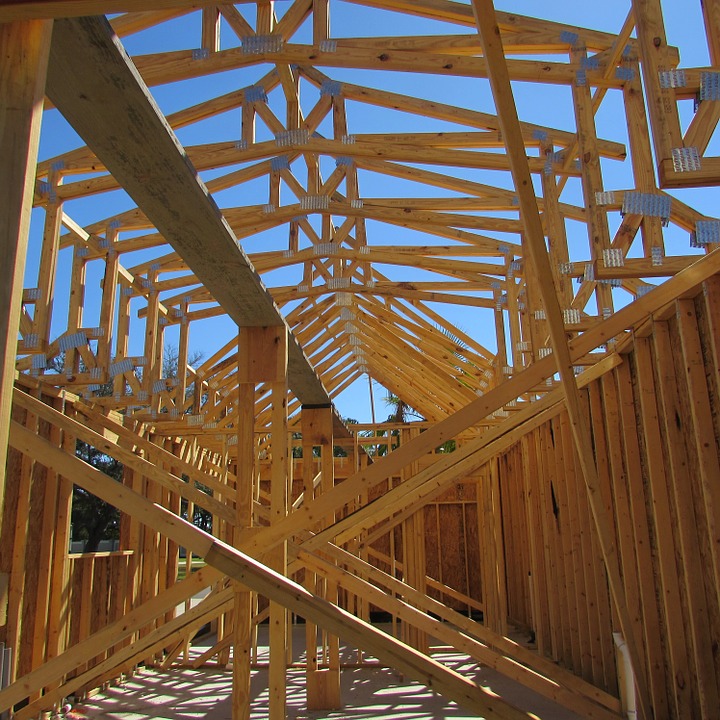State officials are poised to demand San Diego County build a lot more housing. Local leaders are already listing all the reasons it’ll be difficult.
State officials delivered San Diego leaders a tough message last week: You need to permit three times more housing countywide — or else.
Officials from cities across the county didn’t take it well.
At last week’s SANDAG board meeting, local officials got an update on the state’s latest estimate of how much housing production is needed in the coming years.
The early estimate says San Diego County cities will need to give the go-ahead to 171,685 new homes to meet state housing targets between 2021 and 2028. That would mean building more than 21,000 units countywide each year — nearly three times what the region has allowed over the past seven years.
Local officials are set to embark on a roughly year-long process to perfect that estimate. The state’s policy that outlines how much housing locals need to allow has been ineffective for years, though recent legislation is attempting to give it more teeth.
Elected leaders across the county weren’t mincing words Friday when the news came down.
Ben Metcalf, director of the state’s Department of Housing and Community Development Department, fielded the onslaught of criticism. He reviewed state legislation approved last fall that will increase pressure on local governments to meet housing production goals. Then he got an earful.
Santee Mayor John Minto went on a self-described rant against state lawmakers for passing the regulations and not acknowledging the impact on local governments and residents.
“The thing is, the state legislature doesn’t care what my community says and what really bothers me is you made a comment, ‘We’re really excited to roll this out.’ Well, it’s your job to, I guess, be excited but I think nobody here really is that excited because it’s really a totalitarian government that we’ve gone to,” Minto said. “We’re going to be oppressed by this, and why doesn’t the state just handle all applications for building, in others words, they have to deal with that thousands of people coming to Sacramento for a change saying, ‘You’re not going to be my representative anymore because I don’t like what you’re doing to my community.’”
Minto wasn’t the only one to take a crack at state legislators.
San Diego City Councilwoman Lorie Zapf called for an overhaul of CEQA, the state’s premier environmental law, which can spur lawsuits that stall projects. She said state officials should understand the development challenges that San Diego’s numerous canyons and other non-developable spaces present.
“Just building housing isn’t so easy. There is so much and we can’t have the state that doesn’t even know about our topography coming down and telling us that the new performance measure is actually building and not the supply,” Zapf said. “If you could actually help streamline with infill CEQA reform, not allowing 15 percent of construction workers to work 100 percent of the jobs when we’re building taxpayer-funded projects, things like that would go a long way to actually allow us, all land use people, mayors from all 18 cities to actually get housing done.”
Carlsbad Mayor Matt Hall urged CEQA reforms too.
“Almost everyone one of these projects get litigated. After you go through this whole process, then the take the tool — the CEQA tool — and sue it. We have a project right now that’s been in litigation for over a year, 92 units and 100 percent affordable. One hundred percent affordable so we can fight this case for over a year. So you have to go through all this process and then you get to go through the court system.”
Coronado Mayor Richard Bailey also took aim at state requirements, noting that housing production fell over the past three decades as the state added more mandates for projects. He also criticized SB 35, a new state law that provides swifter approvals for affordable housing projects.
“What I find so hilarious about all of this is in order to fix the problems, they’ve created issues like SB 35 to streamline approval processes. What’s even more ridiculous about all this is that in order for development to take advantage of it, you have to develop the low-market rate units and pay above market rate wages to develop that,” Bailey said. “It’s all basic economic law. It really makes me wonder if anyone who created this took an economics class.”
And San Marcos Mayor Jim Desmond touched on San Diego’s not-in-my-backyard woes and recent referendums to halt housing projects.
“We all love building things,” Desmond said. “I think what you’re hearing today is the venting that we get when we’re sitting at the dais and we’re trying to let you know that it’s not as easy as someone from the state comes down here and says, ‘You have to build all these or we will penalize you.’ So I think that’s where the majority of the pushback is.”
Three speakers — Supervisor Ron Roberts, Chula Vista Mayor Mary Salas and San Diego City Councilwoman Myrtle Cole — refrained from pointing fingers at Metcalf and his state counterparts.
“We can do it because we have people around this table that can do it and I’m sure we’ll do it,” Cole said.
Metcalf largely sat quietly as other local leaders railed against the state.
As the meeting ended, he thanked the SANDAG board and underlined the enormity of the challenge.
“I want to acknowledge certainly the frustration that you’re all hearing and really thank you for your leadership,” Metcalf said. “I do hear that you are out there on the front lines trying to deal with really competing political forces, trying to do the right thing every day.”
Poway Mayor Steve Vaus tried to end the session on a lighter note.
“Thank you very much and thank you all for the very robust discussion,” Vaus said. “Next time we’ll have Jerry Springer here…”





